10 Hollywood Icons Who Came Out of Central Casting

When Central Casting opened in 1925, it became the go-to place for actors looking to break into the film industry as background actors. These are some of the Hollywood icons who walked through Central Casting's doors on their way to stardom.
1. John Wayne
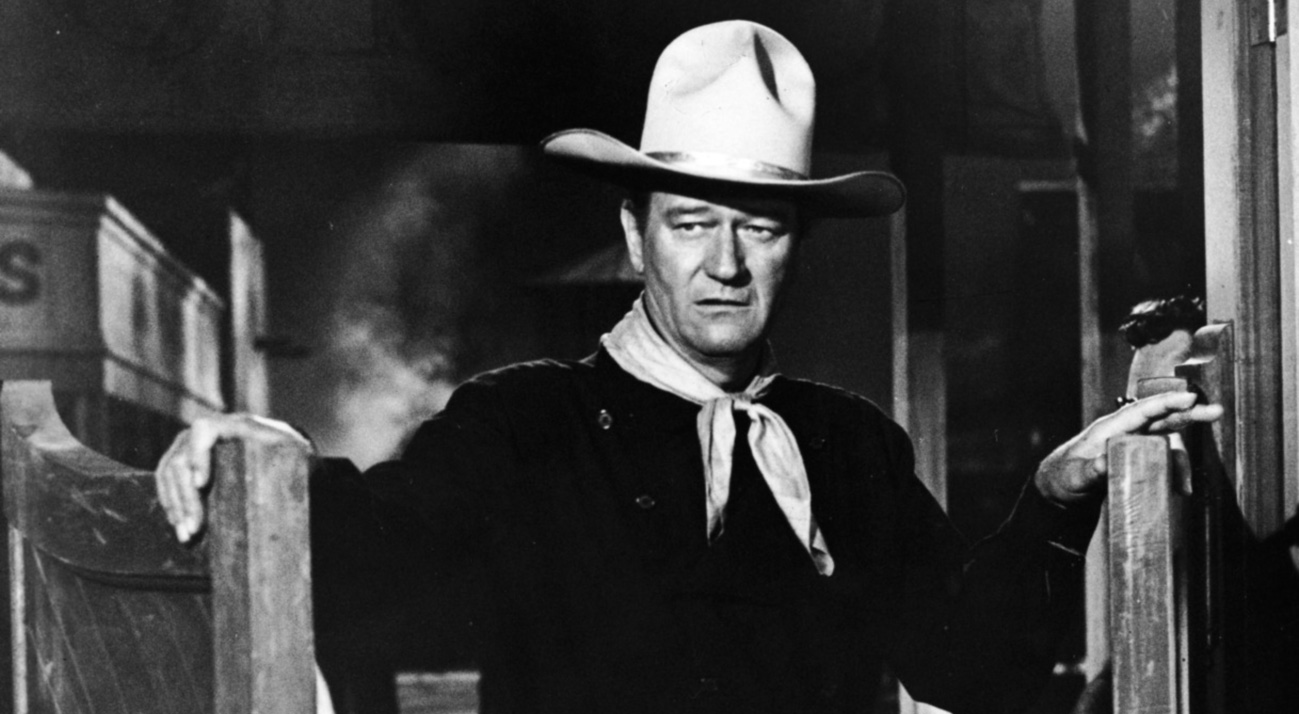
When a bodysurfing accident derailed his college football career, John Wayne became a prop boy for director John Ford. While on set, Wayne gained an interest in acting and began taking roles as a background actor, appearing in Bardelys the Magnificent, The Dropkick, and Salute. He was one of the 7,500 background actors cast by Central Casting in the flood sequence in 1928's Noah's Ark.
Wayne landed his first starring role in 1930's The Big Trail. The movie was a box office flop and Wayne was relegated to playing smaller roles in low-budget westerns until his breakthrough in the 1939 hit Stagecoach. John Wayne went on to become one of the most popular western Hollywood legends, staring in over 142 films, including The Man Who Shot Liberty Valance, Rio Bravo, and True Grit.
2. Jean Harlow
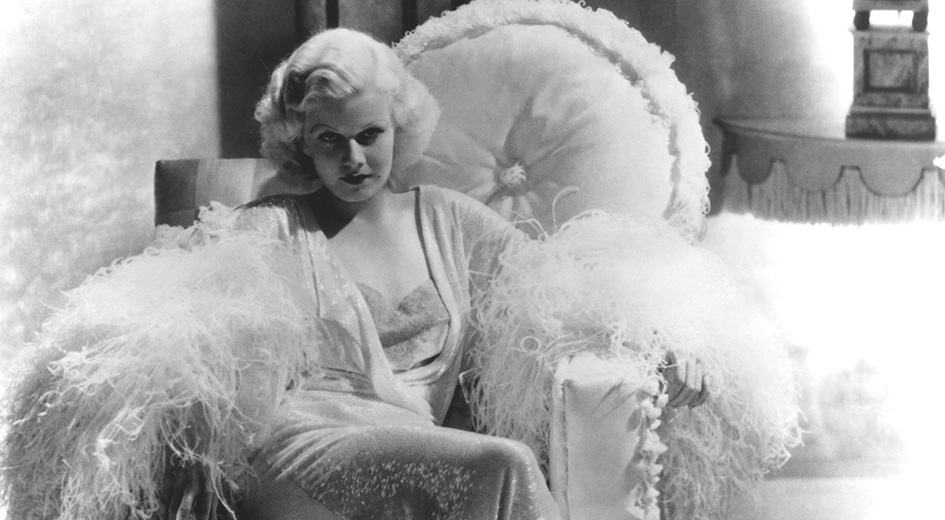
Jean Harlow was born in Kansas City, Missouri in 1911 as Harlean Harlow Carpenter. She moved to Los Angeles in 1928, where she began driving her friend Rosalie Roy to auditions. While on studio lots, Harlow was approached by movie executives looking to make her a star, but she turned them down, stating she had no interest in acting. After Roy bet Harlow she didn't have the nerve to audition and after much insistence from her mother, Harlow registered at Central Casting.
She appeared as a background actor in several movies, including Honor Bound, Moran of the Marines, This Thing Called Love, and The Love Parade. Her breakout came when she landed the role of Helen in Howard Hugh's Hell's Angels. By the time of her death in 1937, Jean Harlow had become one of the biggest movie stars in the world, known for hit films like Red Dust, Dinner at Eight, and Reckless.
3. Gary Cooper
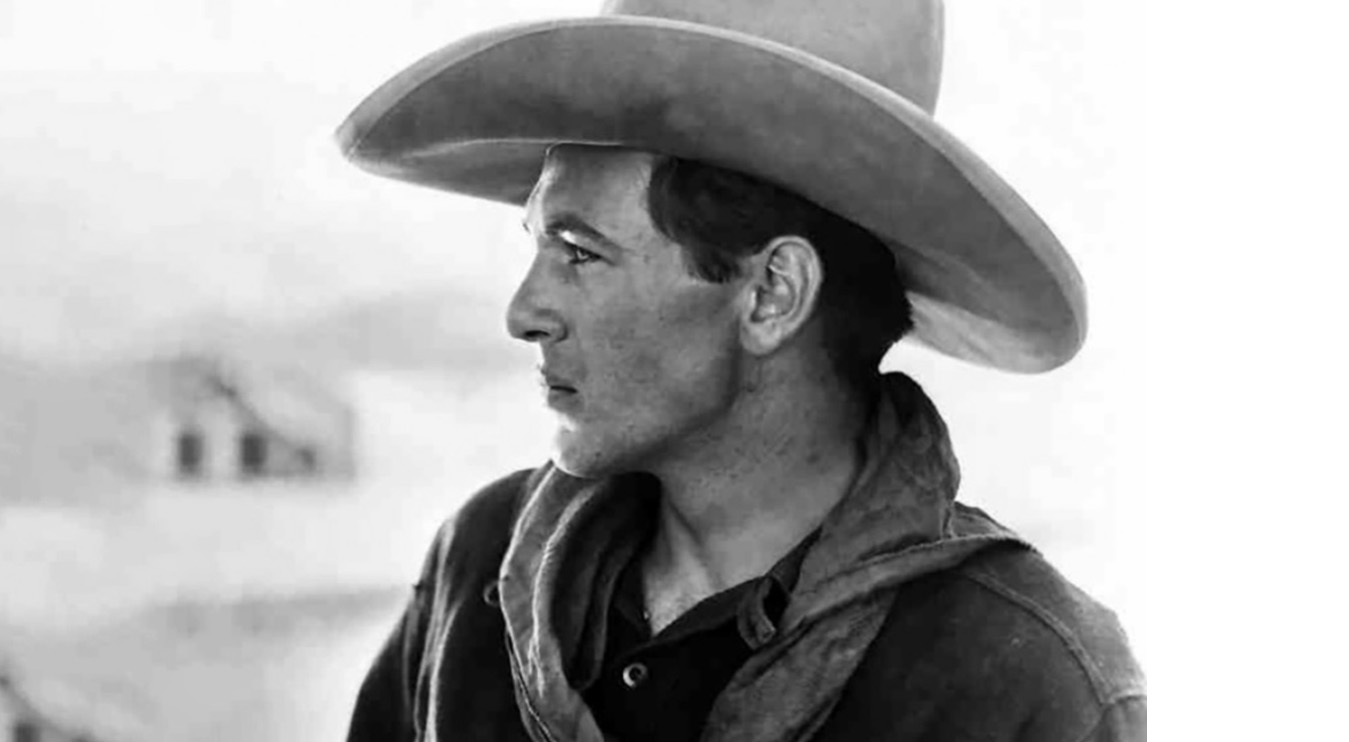
Shortly after moving to Los Angeles in 1924, Gary Cooper began working as a background actor and stunt rider in silent low-budget Westerns. After determining stunt work was too dangerous, Cooper decided to focus on acting and was cast by Central Casting as background or bit player in several films, including Old Ironsides and It (1927).
Cooper's big break came in 1929 when he starred in one of the first sound Westerns, The Virginian. He cemented himself among Hollywood legends by starring in 84 films and winning two Academy Awards for Best Actor for Sergeant York and High Noon.
4. Hattie McDaniel
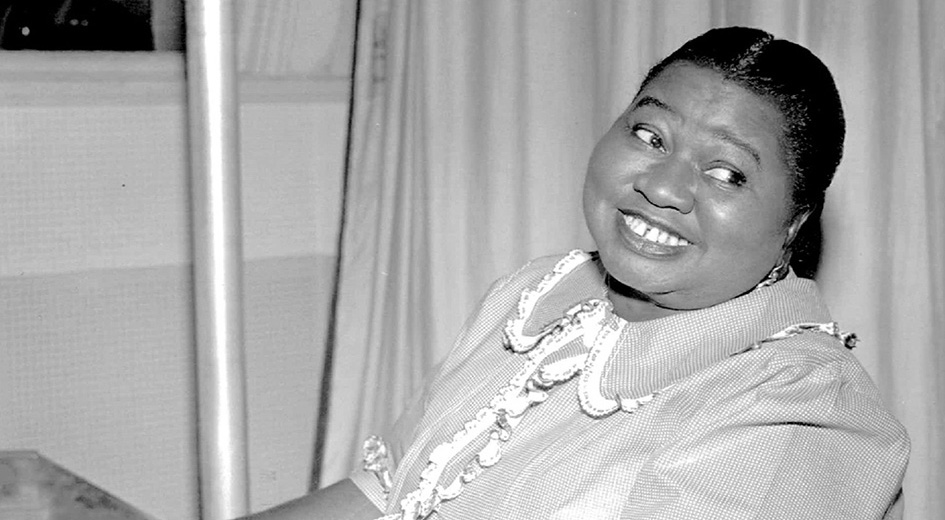
Hattie McDaniel began her career by singing in her brother's vaudeville shows and by performing on radio programs. In 1931, she moved to Los Angeles where she met Charles Butler, the head of Central Casting's African American division. McDaniel worked as a background actor for many years, appearing in over 300 films, such as, Are You Listening, The Washington Masquerade, and Crooner. McDaniel became the first African American to win an Oscar when she won the Academy Award for Best Supporting Actress in 1940 for her role as Mammy in Gone with the Wind. She went on to have prominent roles in many films and TV shows, including The Great Lie, Since You Went Away, and Beulah.
"A call from Charlie Butler at Central Casting was like a letter from home," McDaniel wrote in a 1947 op-ed for The Hollywood Reporter. "Many extras complain about getting tired of sitting around on the sets. I never tired. A soundstage was as exciting as a William Spears mystery. I learned so much, just sitting and watching."
5. David Niven
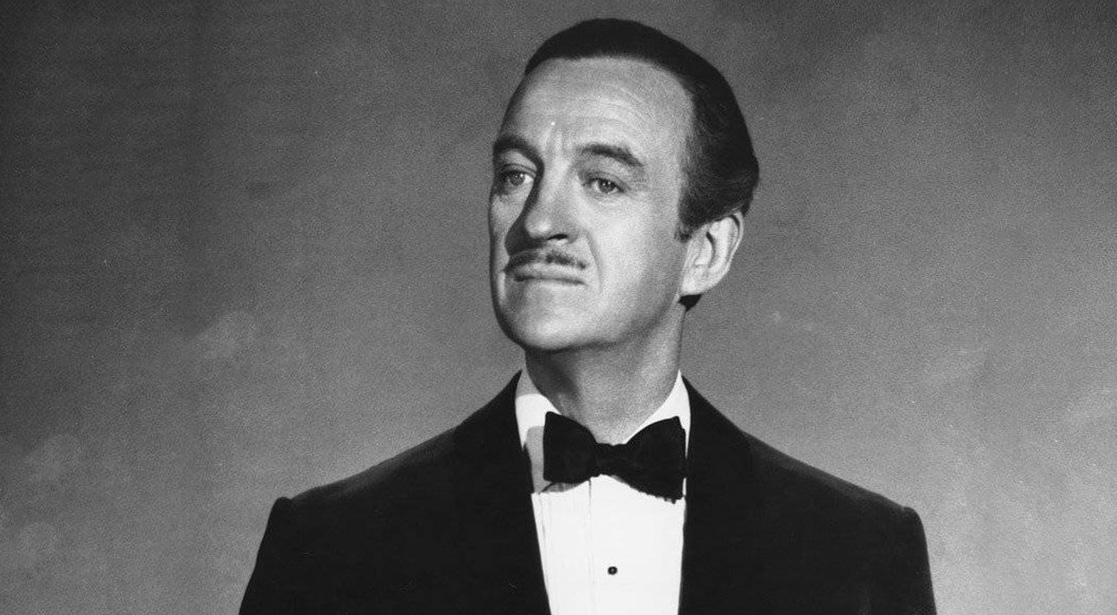
After leaving the British Army and failing to make a career as a whiskey salesman or rodeo promoter, David Niven moved to Hollywood to pursue a film career. He tried to register at Central Casting in 1934, but didn't have a permit to work or live in America, so he was turned away. While waiting for his visa to be approved, Niven moved to Mexico, where he cleaned and polished guns for visiting hunters.
When his permit finally came in, Niven registered at Central Casting and was classified as "Anglo-Saxon Type No. 2,008." He appeared as a background actor in Barbary Coast and Mutiny on the Bounty before going on to star in hit films like The Pink Panther, The Guns of Navarone, and Around the World in 80 Days. Like many of Central Casting's Hollywood legends, Niven went on to win an Academy Award, taking home the statue for Best Actor in 1959 for Separate Tables.
6. Sally Eilers
Like many young performers in the Golden Age of Hollywood, Sally Eilers first film jobs came from working as a background actor with Central Casting. Eilers was booked in a variety of background roles from 1927-1928, including in The Red Mill, Paid to Love, and Sunrise. Her big break came when director Mack Sennett saw her eating lunch with Carole Lombard and instantly offered her a role in The Goodbye Kiss.
Eilers quickly became one of Hollywood's most in-demand actresses, appearing in more than 40 films opposite A-Listers Will Rogers, Spencer Tracy and Buster Keaton.
7. Joel McCrea
Joel McCrea's Hollywood career began while he was still in high school, working as a stunt double and horse wrangler in western films. In 1927, McCrea signed up with Central Casting, appearing as a background actor and bit player in The Enemy, The Single Standard, and Framed.
By the early 1940s, McCrea had become a popular leading man finding commercial and critical success. He starred in three films nominated for Best Picture Academy Awards, Dead End, Foreign Correspondent, and The More the Merrier. His early work in westerns paid off, by the end of his career he was recognized as one of the most popular on-screen cowboys of his generation.
8. Louise Beavers
Before finding success in film, Louise Beavers performed in amateur stage productions and in singing contests around Los Angeles. After seeing her perform in 1927, Central Casting's Charles Butler called Beavers to encourage her to audition for an extra role in Uncle Tom's Cabin.
She was cast by Butler in dozens of films, including Thunderbolt, Second Choice, and True to the Navy. Beavers began booking supporting principal roles, gaining notoriety for 1929's Coquette, then garnering critical acclaim for playing Delilah in Imitation of Life (1934). Throughout her career, Beavers appeared in over 150 screen productions, including taking over for Hattie McDaniel as the lead in the TV series Beulah.
9. Randolph Scott
A young Randolph Scott had plans to become a textile manufacturer before a trip to California set him on a path to Hollywood. His father wrote a letter to film producer Howard Hughes that led to a background job in the 1928 film Sharp Shooters. After a poor screen test for Cecil B. DeMille's Dynamite, Scott spent the next years as a background actor with Central Casting, appearing in films like Half Marriage, Born Reckless, and Illusion.
Scott's big break came in 1931 when he landed a contract with Paramount Pictures and starred alongside Cary Grant in Hot Saturday. While Scott played many leading man roles throughout his career, he is best known for his work in westerns like in Rage At Dawn, Buchanan Rides Alone, and The Stranger Wore a Gun.
10. Jane Wyman
Jane Wyman worked as a dancer and radio singer in Missouri before moving to Hollywood to pursue a career in film. She was booked by Central Casting in background and bit parts, often as a chorus girl, in the early 1930s before landing her a breakthrough role in the 1936 western The Sunday Round-Up.
By 1945, Wyman was one of the most prominent actresses in the industry, earning four Academy Award nominations, including a win in 1948 for Johnny Belinda. Wyman transitioned to television work at the end of her career, starring in NBC's Fireside Theater and in nine seasons of Falcon Crest.
Central Casting is celebrating 100 years! Learn more about our history in our articles How the Founding of Central Casting Revolutionized Background Casting and What Does Straight Out of Central Casting Mean?